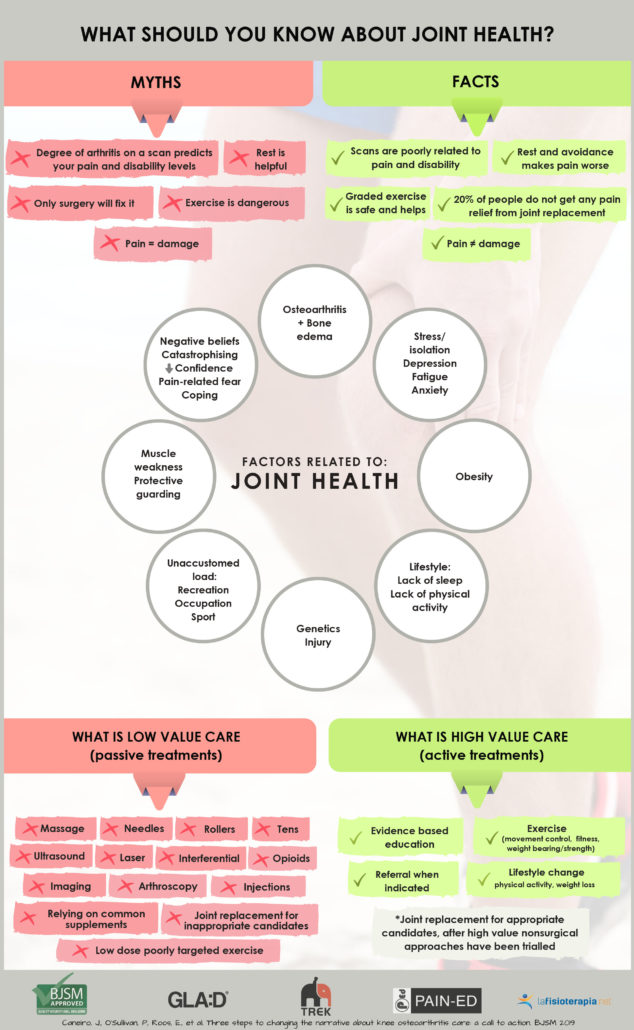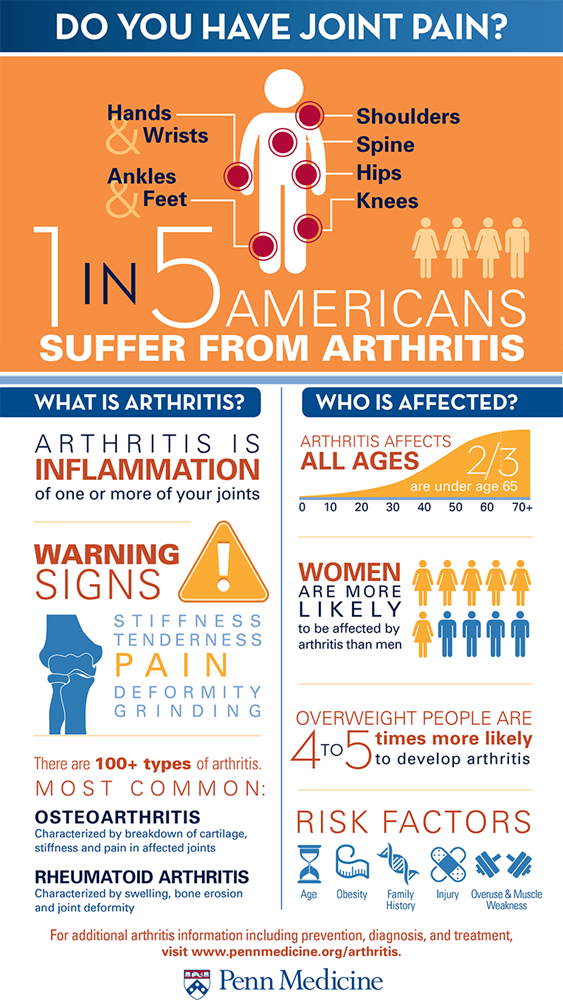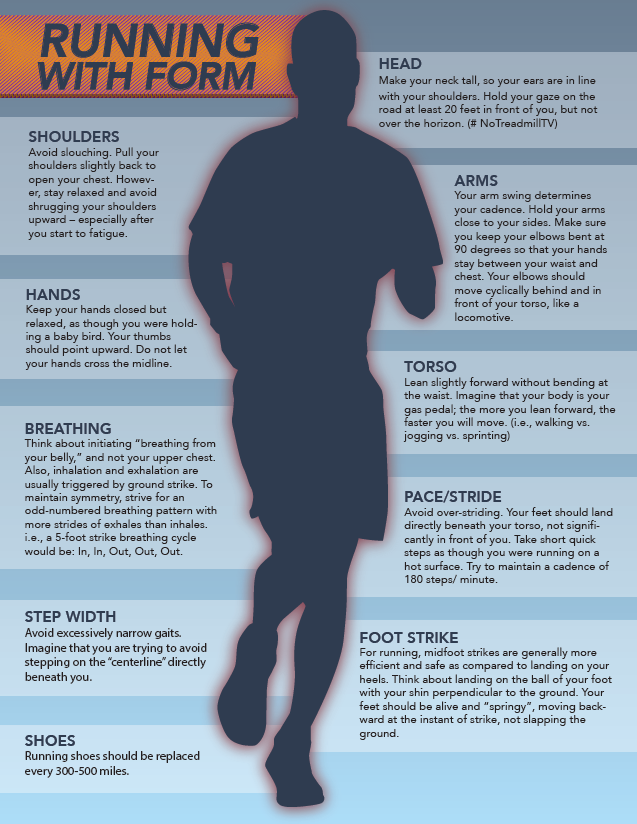Discover the surprising reasons behind knee pain and unlock strategies to overcome it for good. Don’t suffer in silence!
Table of Contents
- Introduction: Understanding Knee Pain
- The Anatomy of the Knee
- Common Causes of Knee Pain
- Knee Pain and Other Body Pains
- Bad Habits That Can Cause Knee Pain
- Helpful Exercises for Knee Pain
- Medical Treatments for Knee Pain
- Everyday Tips to Prevent Knee Pain
- When to See a Doctor for Knee Pain
- Conclusion: Keeping Knees Happy
- FAQs: Questions Kids Might Ask About Knee Pain
Introduction: Understanding Knee Pain
In this section, we will delve into what knee pain is and why it’s important to learn about it. Understanding knee pain is crucial for maintaining good overall health and well-being. Let’s explore the different facets of knee pain and why it matters.
What is Knee Pain?
Knee pain refers to any discomfort or soreness felt in or around the knee joint. It can manifest as a sharp pain, dull ache, stiffness, or swelling in the knee area. People experience knee pain for various reasons, and it can range from mild to severe.
Why Should We Learn About Knee Pain?
Learning about knee pain is essential because our knees play a vital role in helping us move and stay active. By understanding the causes and symptoms of knee pain, we can take steps to prevent injuries, maintain mobility, and seek appropriate treatment when needed. Stay tuned to discover more about knee pain and how to keep our knees healthy and happy!
The Anatomy of the Knee
When it comes to understanding why knee pain strikes, it’s essential to know how the knee works and what parts of it can hurt. The knee is a complex joint that allows us to move, bend, and walk. Let’s take a closer look at the anatomy of the knee to understand how it functions.
Parts of the Knee
The knee is made up of several important parts that work together to support our movements. The bones in the knee include the femur (thigh bone), the tibia (shin bone), and the patella (kneecap). These bones are connected by ligaments, which are like strong bands that hold the knee together. Muscles surrounding the knee help to provide strength and stability.
What Makes the Knee Strong?
One key component that makes the knee strong is the cartilage. Cartilage is a smooth, rubbery substance that cushions the bones and allows them to glide smoothly against each other. Another crucial part of the knee is the synovial fluid, which acts as a lubricant, reducing friction and helping the knee move more easily.
Common Causes of Knee Pain
When our knees hurt, it can make it tough to run, jump, or even walk comfortably. There are many reasons why people might feel pain in their knees. Let’s explore some of the common causes of knee pain.
Image courtesy of via Google Images
Osteoarthritis and Knee Pain
One of the main reasons why people experience knee pain is due to a condition called osteoarthritis. This is a disease that affects the joints, causing pain, stiffness, and swelling in the knees. Osteoarthritis occurs when the protective cartilage that cushions the ends of your bones wears down over time, leading to pain and discomfort in the knees.
Rheumatoid Arthritis: Another Pain Culprit
Another form of arthritis that can cause knee pain is rheumatoid arthritis. Unlike osteoarthritis, which is caused by wear and tear on the joints, rheumatoid arthritis is an autoimmune disease where the body’s immune system mistakenly attacks the joint tissues. This can lead to inflammation, pain, and swelling in the knees, making it difficult to move around comfortably.
Knee Pain and Other Body Pains
When you experience knee pain, you might also notice other pains in different parts of your body. Let’s explore how knee pain can be connected to discomfort in your lower back and how high blood pressure might have an impact on your knees.
When Your Lower Back Hurts
Have you ever noticed that when your knees hurt, your lower back might also ache? That’s because these two parts of your body are connected in a way. When you have pain in your knees, it can change the way you walk or move, which can put extra stress on your lower back. So, taking care of your knees is not just good for them but for your back too!
Can High Blood Pressure Affect Your Knees?
You might be wondering how something like high blood pressure could have anything to do with knee pain. Well, when you have high blood pressure, it can change how your blood flows through your body, including to your knees. This change in blood flow can sometimes lead to inflammation in your knees, causing discomfort and pain. So, keeping your blood pressure in check is not only important for your heart but for your knees too!
Bad Habits That Can Cause Knee Pain
Sitting all day without moving can be a bad habit that can lead to knee pain. When we sit for long periods, our knees don’t get the chance to move and stretch. This lack of movement can cause stiffness and discomfort in our knees. So, it’s essential to take breaks and stretch our legs to keep our knees healthy.

Image courtesy of via Google Images
Ignoring Pain
Ignoring pain in our knees is another bad habit that can cause more harm. Pain is our body’s way of telling us that something is wrong. If we ignore knee pain and continue to do activities that make it worse, the pain can become more severe over time. It’s important to pay attention to our bodies and seek help if we experience persistent knee pain.
Helpful Exercises for Knee Pain
Dealing with knee pain can be tough, but there are simple exercises that can help ease the discomfort. Here are some exercises that can make your knees stronger and feel better:
| Why Knee Pain Strikes & How To Fight It | |
|---|---|
| Reason for Knee Pain | How to Fight It |
| Overuse or Injury | Rest, ice, elevate, and use compression. See a doctor if pain persists. |
| Arthritis | Exercise regularly, maintain a healthy weight, and consider physical therapy. |
| Ligament Tear | Follow R.I.C.E method and consider surgery or physical therapy for severe cases. |
| Runner’s Knee | Strengthen muscles around the knee with exercises, wear proper footwear, and avoid overtraining. |
Simple Kneel Exercises
If your knees are feeling achy, try some gentle exercises to help strengthen the muscles around them. Here are a few simple kneel exercises you can do at home:
– Knee Extensions: Sit with your legs out straight and lift one leg up at a time, holding for a few seconds before lowering it back down.
– Heel Slides: Lie on your back with one knee bent and slowly slide your heel along the floor, straightening your leg as much as possible.
– Quad Sets: Sit with your leg straight and tighten your thigh muscles, pushing the back of your knee down into the floor.
Remember to start slowly and listen to your body. If any exercise causes pain, stop immediately and consult a doctor or physical therapist.
Moving Every Day
Regular movement is key to keeping your knees happy and healthy. Whether it’s taking a walk, playing outside, or dancing around the house, make sure to move your body every day. Sitting still for long periods can make your knees stiff and sore, so get up and get moving to keep them in good shape.
Medical Treatments for Knee Pain
When knee pain becomes persistent and interferes with daily activities, medical treatments may be necessary to help alleviate discomfort and improve function. Here are some common medical interventions that doctors may recommend for individuals experiencing knee pain.

Image courtesy of via Google Images
Medicines for Arthritis
For individuals with conditions like rheumatoid arthritis or osteoarthritis that contribute to knee pain, doctors may prescribe medications to help manage symptoms. Nonsteroidal anti-inflammatory drugs (NSAIDs) can help reduce pain and inflammation in the joints. Additionally, disease-modifying antirheumatic drugs (DMARDs) may be used for individuals with rheumatoid arthritis to slow down the progression of the disease and protect the joints.
When Surgery Might Be Needed
In cases where knee pain is severe and conservative treatments have not provided relief, surgery may be considered as a last resort. Procedures such as knee arthroscopy, knee replacement surgery, or cartilage repair may be recommended depending on the underlying cause of the pain. Surgical interventions aim to address the root cause of the pain and improve joint function.
Everyday Tips to Prevent Knee Pain
One easy way to protect our knees is by wearing the right shoes. When we wear shoes with good support, it helps to cushion our knees and prevent any unnecessary strain. Look for shoes that have a good sole and fit comfortably to keep your knees happy.
Taking Breaks to Move Around
It’s important to take breaks throughout the day to move around and stretch our legs. Sitting for long periods can put extra pressure on our knees, so getting up and moving can help keep them healthy and strong. Even a short walk or some gentle stretches can do wonders for our knees.
When to See a Doctor for Knee Pain
If your knee pain is severe and persists for an extended period, or if you experience swelling, redness, or warmth in the affected area, it may be time to seek medical assistance. Difficulty bearing weight on the knee or frequent locking or popping sensations can also indicate a need for professional evaluation. If the pain hinders your daily activities or worsens over time, consulting a doctor is crucial.
What Will the Doctor Do?
When you visit a doctor for knee pain, they will likely start by asking you questions about your discomfort and performing a physical examination of your knee. They might order diagnostic tests such as X-rays or MRIs to get a better look at the inner workings of your knee. Based on their findings, the doctor may recommend specific treatments like physical therapy, medications, injections, or even surgery in severe cases. It is essential to follow your healthcare provider’s advice and attend any follow-up appointments to ensure the best possible outcome for your knee pain.
Conclusion: Keeping Knees Happy
Throughout this blog post, we have delved into the world of knee pain and how to combat it effectively. By understanding the anatomy of the knee, common causes of pain, and how knee pain can be interconnected with other body pains, we have gained valuable insight into maintaining healthy knees.
Remember, bad habits like sitting all day and ignoring pain can contribute to knee discomfort. However, incorporating helpful exercises like simple kneel exercises and ensuring regular movement in our daily routines can significantly improve the strength and flexibility of our knees.
For those experiencing persistent knee pain, medical treatments such as specific medicines for arthritis or even surgery may be necessary. Nevertheless, adopting everyday tips like wearing the right shoes and taking breaks to move around can aid in preventing knee pain from worsening.
It’s essential to know when to seek medical attention for knee pain. Watching out for signs that indicate the need for a doctor’s help and understanding the steps involved in a medical evaluation are crucial in addressing knee issues effectively.
By incorporating the knowledge gained from this blog post into our daily lives, we can take proactive steps to keep our knees healthy and happy for years to come. Here’s to happy knees and a pain-free future!
FAQs: Questions Kids Might Ask About Knee Pain
Why Do Knees Make Strange Noises Sometimes?
Have you ever noticed that sometimes your knees make funny sounds like popping or cracking? Don’t worry, it’s more common than you think! These noises could be caused by little bubbles in the fluid inside your knee joints bursting or by the soft tissues around your knee moving. As long as there’s no pain along with the sounds, it’s usually nothing to worry about. If your knees hurt when they make these noises, it’s a good idea to talk to a grown-up or a doctor about it.
Can Kids Get Arthritis Too?
Arthritis is often thought of as a problem for older grown-ups, but it can actually affect kids too. There are different types of arthritis, and one kind that affects kids is called juvenile arthritis. It’s normal for your joints, including knees, to feel stiff or sore sometimes, especially after you’ve been playing hard. If you think you might have arthritis or if your knees hurt a lot, it’s important to let a grown-up know so they can help you see a doctor who can figure out how to make your knees feel better.






